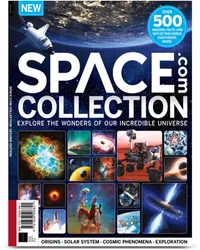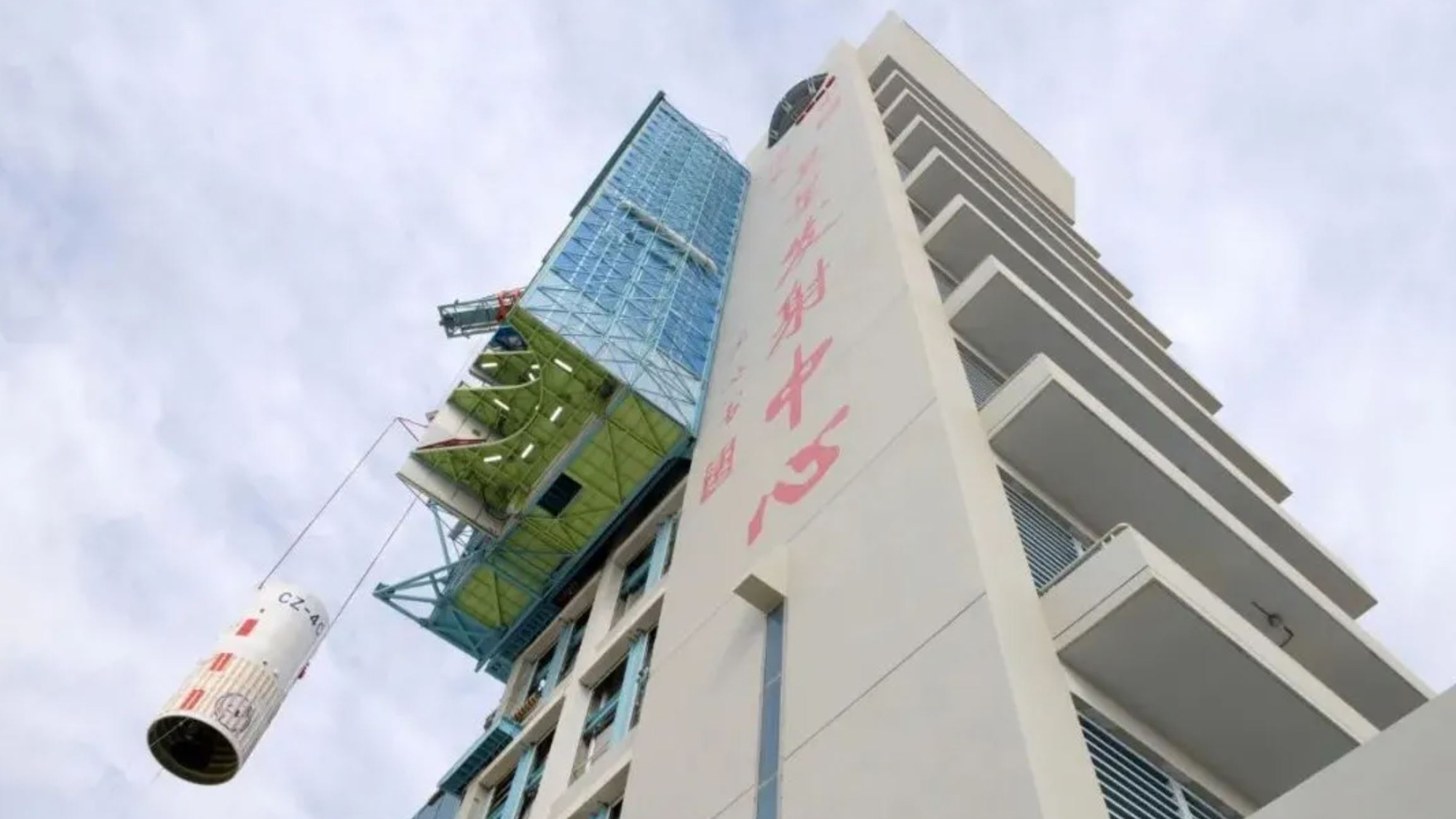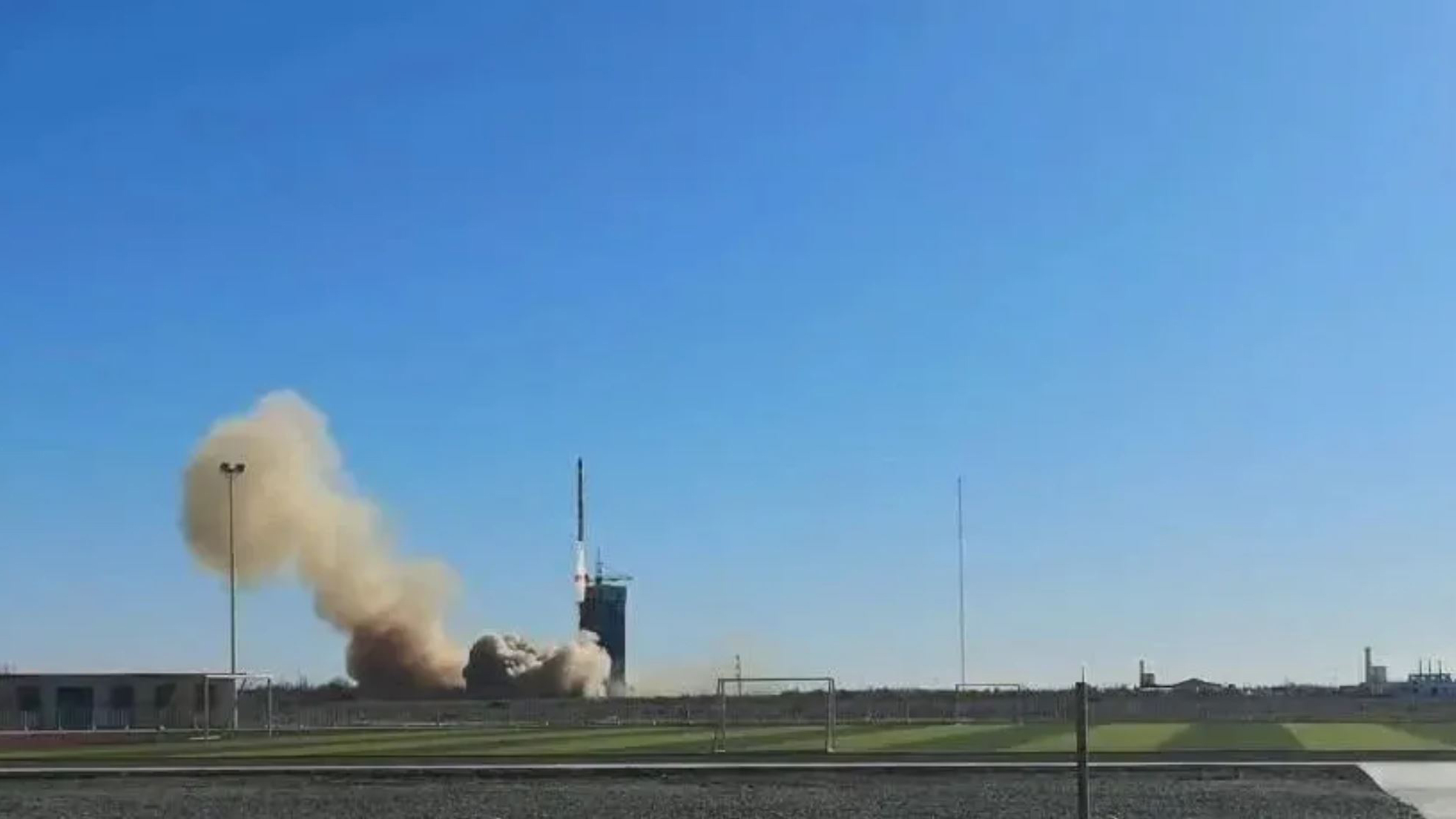China launches a trio of reconnaissance satellites from Gobi Desert
China added to its space reconnaissance capabilities with the launch of a trio of satellites from the Jiuquan Satellite Launch Center last week.
A Long March 4C rocket lifted off from the Jiuquan Satellite Launch Center in the Gobi Desert on Friday (Jan. 29) at 12:47 p.m. local time (0447 GMT; 11:47 p.m. Jan. 28 EST), according to the China Aerospace Science and Technology Corp. (CASC), China's main space contractor.
The rocket sent three Yaogan 31 satellites into orbits of about 680 miles (1,100 kilometers) in altitude and inclined by 63 degrees. This means the satellites pass over the Earth as far north as southern Alaska and as far south as the South Shetland Islands, just north of the Antarctic Peninsula,
Video: China launches 3 military satellites! See rocket shed insulation tiles
Related: China is planning to launch at least 3 rockets from the sea this year
The satellites will be used for electromagnetic environment surveys and other related technology tests, according to state media Xinhua.
Spaceflight Now notes however that Yaogan series satellites are understood by Western analysts to be military reconnaissance satellites.
The satellites' orbit makes it likely that the trio would be useful for maritime surveillance. This was the second batch of Yaogan 31 satellites China has launched; the first trio of Yaogan 31 satellites launched in April 2018 into similar orbits. Having more satellites orbiting the same plane means China can shorten the time between visits over a particular area.
Breaking space news, the latest updates on rocket launches, skywatching events and more!
Space.com Collection: $26.99 at Magazines Direct
Get ready to explore the wonders of our incredible universe! The "Space.com Collection" is packed with amazing astronomy, incredible discoveries and the latest missions from space agencies around the world. From distant galaxies to the planets, moons and asteroids of our own solar system, you’ll discover a wealth of facts about the cosmos, and learn about the new technologies, telescopes and rockets in development that will reveal even more of its secrets.
China's CCTV meanwhile reported a softer side of the mission, noting that due to low temperatures at the launch site, mission personnel had wrapped the exposed sections of the rocket with quilts in order to insulate the rocket and keep its hypergolic fuel at the correct temperature for launch.
"There are many precision instruments inside the rocket and satellite, which will affect its service life if the temperature and humidity are not suitable," Yu Jiechen, air conditioning operator of the Jiuquan Satellite Launch Center, told CCTV.
"After refueling, we should pay special attention to the temperature of the fuel. If the temperature does not meet the use requirements of the engine, the fuel will not be fully burned, and the satellite will not be able to enter the scheduled orbit."
The launch was the second of more than 40 launches CASC is planning this year. Commercial Chinese launch companies including Expace, Landspace, iSpace and Galactic Energy are also expected to conduct their own missions in 2021.
Follow us on Twitter @Spacedotcom and on Facebook.

Andrew is a freelance space journalist with a focus on reporting on China's rapidly growing space sector. He began writing for Space.com in 2019 and writes for SpaceNews, IEEE Spectrum, National Geographic, Sky & Telescope, New Scientist and others. Andrew first caught the space bug when, as a youngster, he saw Voyager images of other worlds in our solar system for the first time. Away from space, Andrew enjoys trail running in the forests of Finland. You can follow him on Twitter @AJ_FI.




